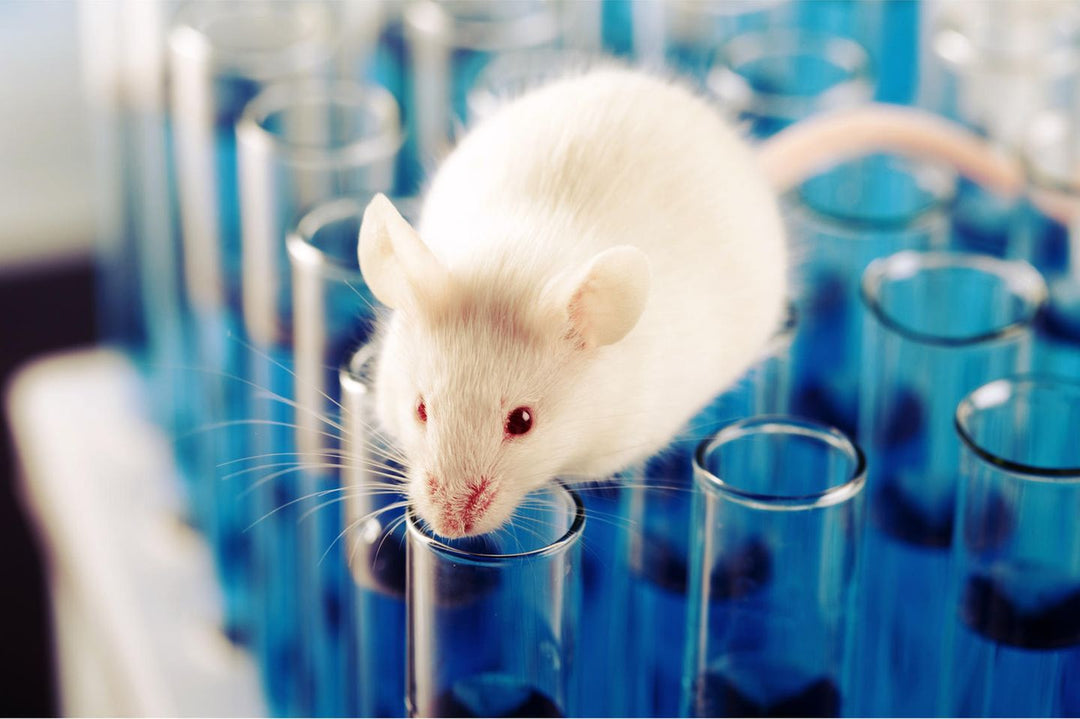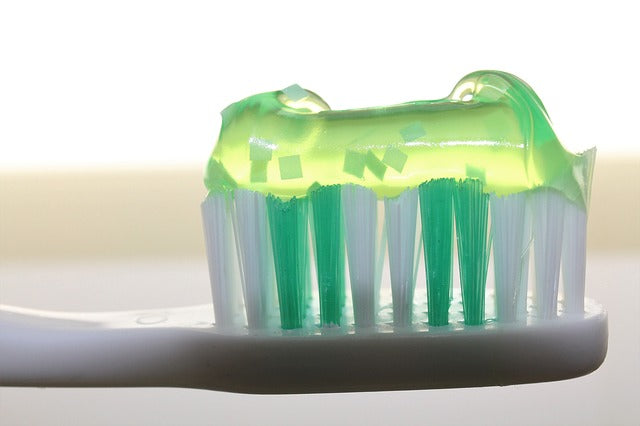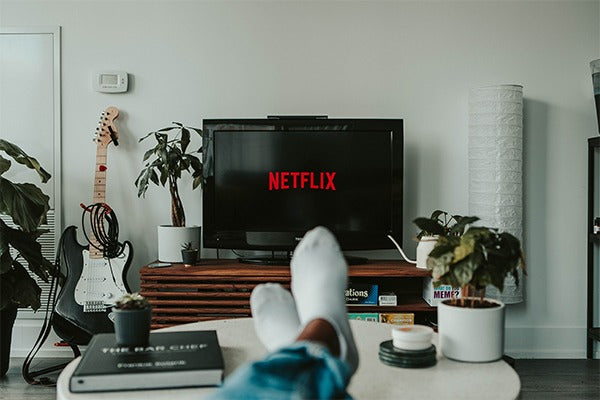How harmful is streaming to the climate?

Streaming services are booming, especially in times of corona lockdowns. In the first quarter of 2020 alone, the number of Netflix subscribers was 7.2 million.
The advantage: the latest films and videos can be viewed anywhere and anytime.
The downside: Streaming services consume electricity, pollute the environment and the climate.
Where are CO2 emissions caused when watching Netflix, Amazon Prime & Co.?
1. In the production itself: in the studios and in administration2. When storing the produced material in the data centers
3. When transporting the material via the network infrastructure, i.e. the way from the server to the television or smartphone
4. When viewing on the device
For the former, Netflix has published their data, according to which they used a total of 451,000 megawatt hours of energy in 2019 for the production and storage of the material. This corresponds to the amount of electricity that is supplied by around 56 new wind turbines per year.
However, Netflix assured that the electricity used either comes directly from renewable energies or is offset by the purchase of green electricity certificates.
And video streams in general?
80% of global data traffic consists of video data. In 2018 alone, video streaming caused more than 300 million tons of CO2 equivalent. This corresponds to the amount that all of Spain emits in one year.
The distribution looks something like this:
- 34% videos on demand
- 27% porn
- 21% YouTube etc.
- 18% other
How much electricity is used for transport from the server to our end devices varies depending on the access network.
Mobile data connection performs worst here. Therefore, if possible, use a fiber optic WiFi connection . In comparison to the 3G network, only 2g of carbon dioxide are consumed per hour instead of 90g.
If you know in advance that you won't have WiFi, but don't want to miss out on a film, it's best to download it beforehand.
How to stream more sustainably:
- Turn down the image resolution. The highest resolution consumes 23 times as much data per hour as the lowest. And especially on mobile devices with a small screen, the difference between the resolutions is hardly noticeable.
- Large end devices consume more power than small ones and a new router consumes less than an old one.
- Stream less and be more selective about it. You don't like a movie? Then switch off.
- Close apps: Apps running in the background when you're not using them consume power.
Our tip:
Ever heard of the digital detox ?Digital Detox refers to mental detoxification from excessive use of digital devices and media.
In short: maybe turn off the TV more often and read a book or play games instead.
And like to be more selective. If you don't like a movie, turn it off.
If you would like to be informed directly about the latest blog posts, please follow us Instagram ! :-)










































Leave a comment